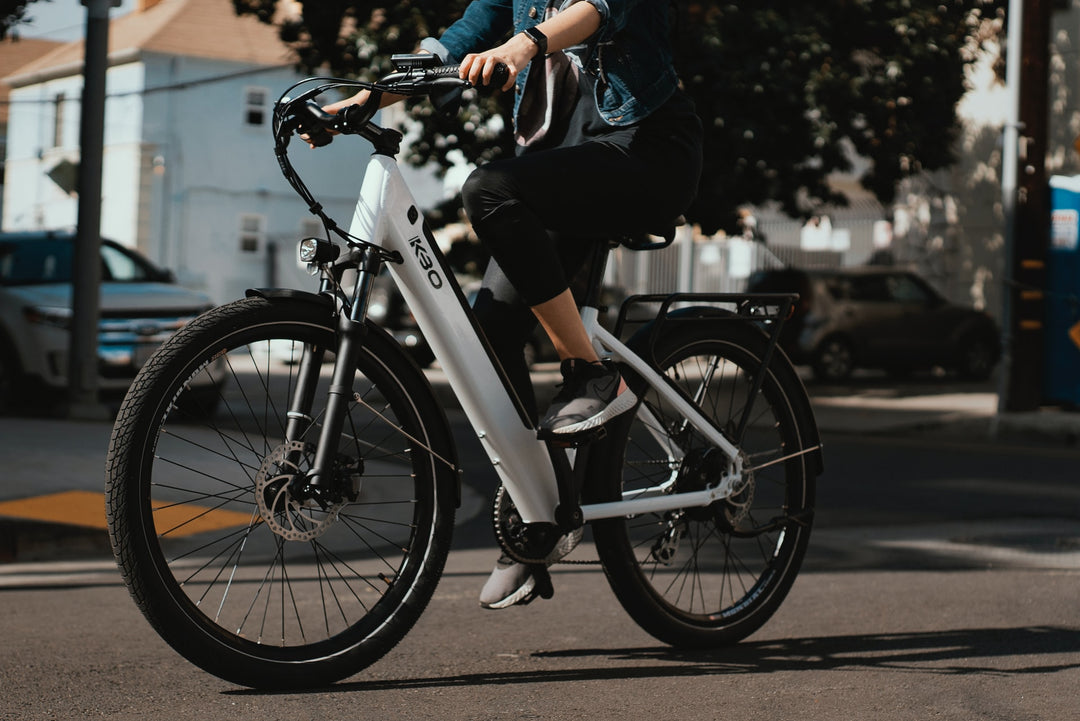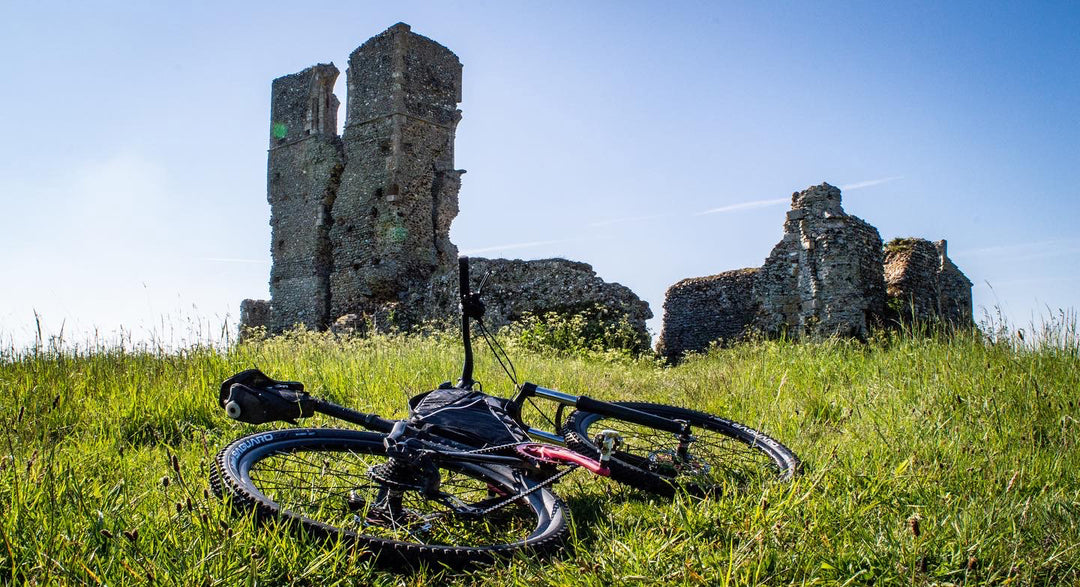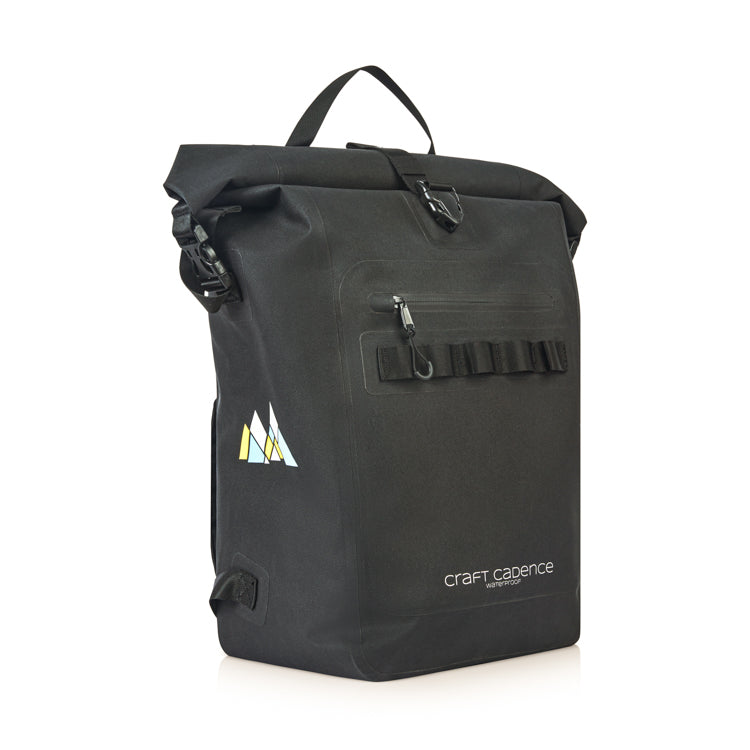A guide to Anti Pollution Masks for Running (Post Covid 19)
The use of a running mask for protection against air pollution has generally been seen as a niche choice in the running community. However, since the onset of the COVID 19 pandemic, the use of face coverings has gained increased attention and incited vigorous debate.
Why wear a mask for running in the first place?
Pre-COVID, there were two mains reasons why some runners chose to run with masks or face covers:
- Protection against pollution in cities - in heavily polluted cities like Beijing, New Delhi, and even London to an extent, runners use pollution masks to filter out harmful airborne particles, fumes, carcinogenic agents, toxic chemicals and allergens. Pollution is particularly acute for runners as they breath harder and inhale more air than pedestrians.
- To keep warm when running in bitterly cold winters. Typically neck gaiters or buffs are used for this purpose. These products wrap around the entire neck and back of the head, and can be pulled up to cover a runner's nose and mouth as well.
Post COVID, a few additional reasons to where masks or face coverings have surfaced:
- Face coverings are recommended by the local authority as a means to slow the spread of the disease. As such,there is more expectation by the general community that runners should do their bit and also wear face coverings
- As common courtesy and respect to other runners and pedestrians, as runners breath heavier and are more likely to project respiratory droplets. By wearing face coverings, a runner can help to protect others's from his/her own respiratory droplets, in the event that the runner has COVID but is asymptomatic. This is particularly the case in situations where the runner finds himself/herself unable to keep social distance from others, for example in narrow canal towpaths
- Runner often gather in large numbers in large events, there can be a heavy breathing and you never know whether others around you have COVID, or maybe you yourself may have it and wish not to spread the virus to others
While most runners would agree that the wearing of masks are uncomfortable and probably do not make a huge difference to transmission of the virus, there is some merit to having a face mask or covering handy just to bring it out as and when needed if social distancing is not possible.
Ultimately, the decision to wear a mask or face covering is a personal one, and it would be pointless to convince someone to wear one when they do not want to.
OK, I need a face covering for running. What should I look for?
The key things to look for in a face mask for running are as follows:
- Material - the material should be comfortable and breathable, whilst at the same time filtering out pollution in the air
- Moisture control - the mask should wick away moisture as the runner generates a lot of bodily liquids such as sweat, saliva and mucus during running
- Breathability - a good running mask should be efficient at venting the runner's breath out of the mask, while at the same time capturing the runner's respiratory droplets
- Particles filtration - the mask should give the runner some protection against harmful particles and the respiratory droplets of other runners and pedestrians around the runner
- Fit and comfort - the mask should have a firm and snug fit, with the runner feeling a tight fit but not feel overly restrictive when breathing.
What features do dedicated anti pollution running masks have?
As compared to respirators, cotton cloth masks, surgical masks, or even pollution masks for general use, dedicated anti pollution running masks carry a number of specific features to help runners.
Breathable materials. Anti pollution running masks are made from a mesh material that has air vents through valves to help circulate air whilst running. This helps the runner breathe easier especially through the mouth and to keep up the pace. The material also helps to wick moisture, helping the mask to stay dry throughout the run. As the Youtube Runner Kao showed in the below video, cotton masks become completely soaked after a run, while a dedicated running mask avoids this problem.
While it is tempting to use a mask like a N95 respirator for full peace of mind, a mask so protective that you can’t easily breathe through it will be counterproductive.
The level of breathability in a mask for runner is of particular importance. A recent study by Spanish Universities in the journal Apunts Sports Medicine (2020) looked at the physiological impact caused by the wearing of masks after aerobic exercise, which showed that runners that wore masks showed a decease in availability of oxygen by 14%, and an increase in CO2 concentration of 20%. A more breathable mask can retain a higher level of available oxygen while reducing the level of CO2 inhalation.
Filters certified to international standards. Antipollution running masks come with N95 or N99 filters, which are certified to filter 95% or 99% of particles at 0.3 microns in size. This will be much more effective at filtering harmful particles as well as capturing a runner's respiratory droplets compared to normal fabric based masks.
Fit and comfort. A dedicated running mask should come in different sizes to suit the shape and contours of different runners. Across a long run, they will be much more comfortable than regular cloth masks or even pollution masks for casual use, which are usually made with thicker, less breathable materials.
A running mask will be equipped with a metal wire nose clip to adjust the firmness and tightness of the mask. Whilst cycling masks have velcro straps that wrap around the back of the head, this adds unnecessary extra weight for runners, who do not travel at as such high speeds as cyclists. Instead, running masks come with just the ear loops, as picture below.
If however reinforcements is needed to secure the earloops to the back of the head, there are simple solutions such as a head strap
What about anti pollution running masks versus Neck Gaiter?
As mentioned, the most popular form of face coverings currently adopted by runners is probably the neck gaiter. It is comfortable, keeps you warm in winter, and provides some form of protection to others of your respiratory droplets.
As compared to the neck gaiter, a dedicated running mask still has a few advantages.
- It provides more filtration protection. While running masks are equipped with N95 filters, neck gaiters are usually made from microbial material which are often see through
- Neck gaiters can easily fall off the runner face, unless the back of the gaiter is pulled all the way up for a tighter fit. A running mask will have a more snug fit, especially when the nose wire is adjusted properly.
- A running mask provides more ventilation through the valves than the neck gaiter, which may be too hot to use in hot weather
Great. I am interested in a running mask. How do I maintain it?
After a run, remove the mask by the ear loops so as not to come into contact with the front of the mask which is more likely to become contaminated.
In normal times, it would not be necessary to wash the mask after every run. However, in times of COVID, it would be advisable, to wash both the housing of the running mask and the filter after every run.
Whilst the housing of the running mask can be washed by hand with soapy water, the filter should be washed by soaking it in boiled water for a few minutes, then allowing it to dry.
I'm still not interested in a running mask. What should I do?
To avoid breathing harmful fumes, you can plan ahead and check the air quality index of your local area before deciding whether to go out for a run, especially if you live in a highly polluted city such as Beijing or New Delhi.
You can also research and find routes with quieter roads and less traffic for your run.
Finally, from the perspective of COVID, it is a case of making sure you are not putting yourself in a situation running in a crowd of people where it is not possible to maintain social distancing. For example, early morning runs or even night runs when most people are at home.
Craft Cadence face mask with nanofiber technology
Craft Cadence is pleased to announce that our new V2 ViralOff face masks will come with both a sewn in N99 certified nanofibre filter, and the option to insert removable N99 certified nanofibre filters to further prolong the life of the mask. This is the first mask in the world (that we are aware of) to have both options available.
Most mask provider will either have the filters sewn in but not the option to insert removable filters, or allow for removable filters without a sewn in filter.
The reason why we are providing both is that a sewn in filters provides the best filtration efficiency possible as the filter covers more surface area and because it is sewn in, there is no chance for the filter to move around.
We think it is the right thing for the environment to continue using the mask with removable filters for as long as it is possible. We make less money this way but it is the right thing to do.
In summary, our V2 ViralOff reusable mask comes with the following layers:
- Layer 1: ViralOff antiviral technology on outer layer made from recycled polyester
- Layer 2: Nanofiber FFP3 (N99 equivalent) certified filter sewn in between 2 fabric layers
- Layer 3: Stays Fresh anti-odour and antibacterial inner layer from recycled polyester
- Layer 4: An additional Stays Fresh recycled polyester layer to create a filter pocket
We are also pleased to be able to provide on request:
- The FFP3 (N99) certified report of our nanofiber filters
- An internal wash report which shows that the filter loses 2% of the filtration efficiency after 10 washes. We will look to gain third party certification of the after wash filtration efficiency of the filter in the future.
- Our Polygiene ViralOff laboratory results and certification, showing that our outer layer eliminates 99% of viruses within 2 hours, including SARS-Cov-2.



